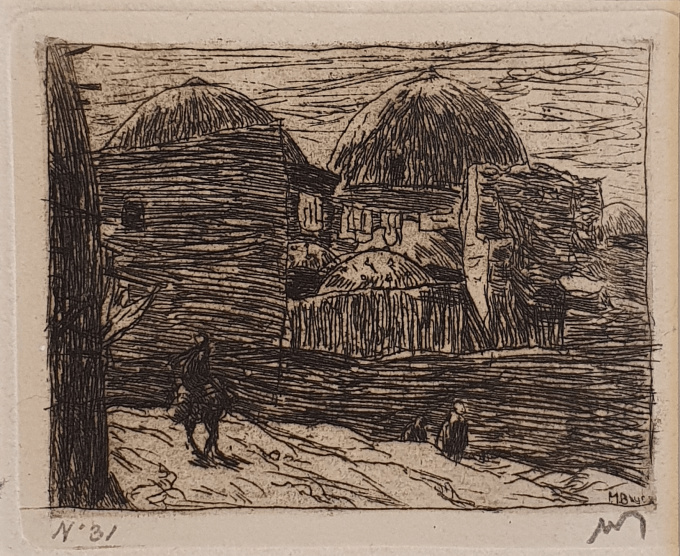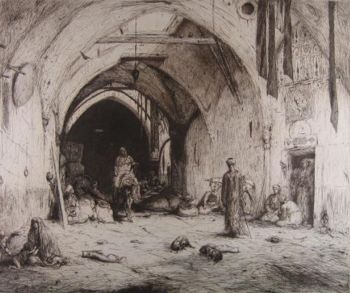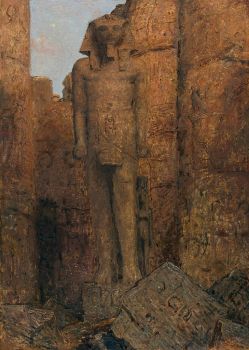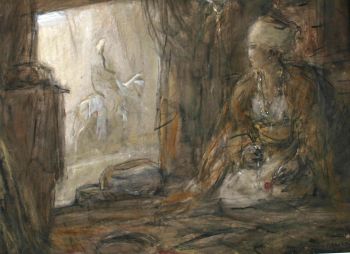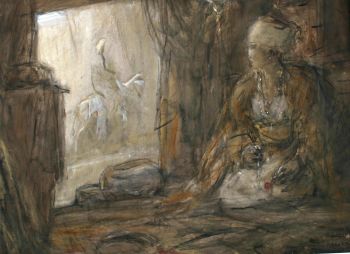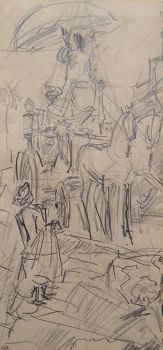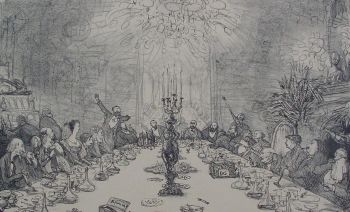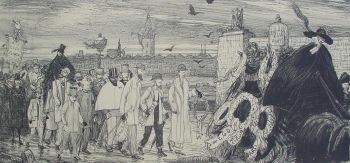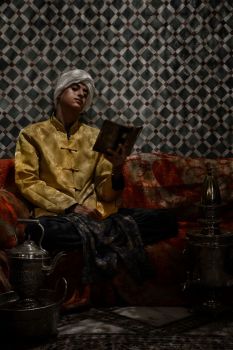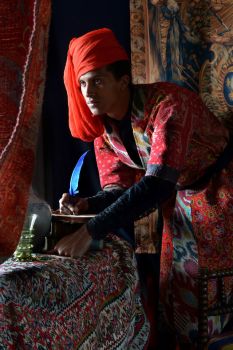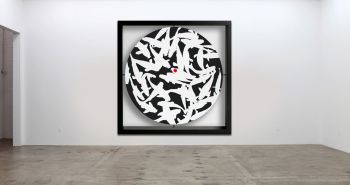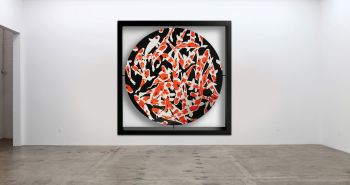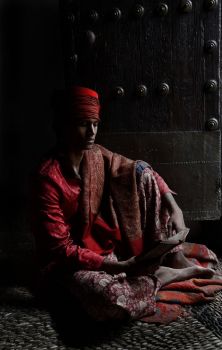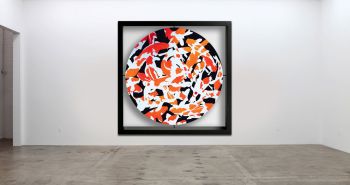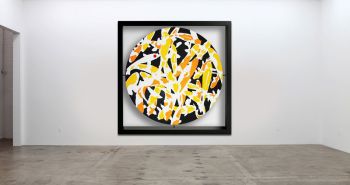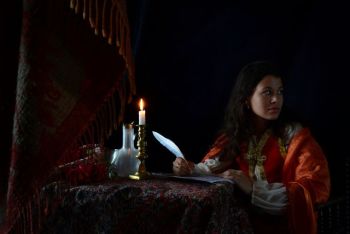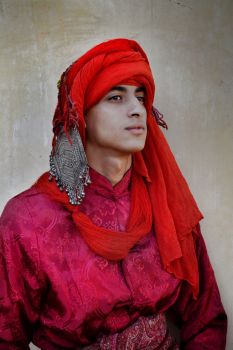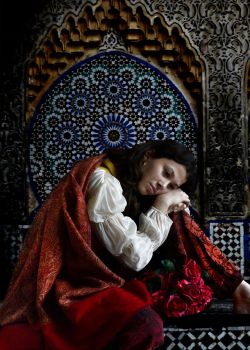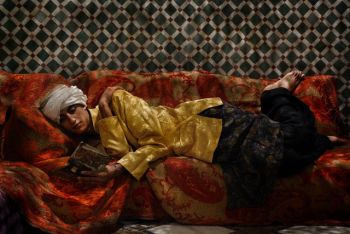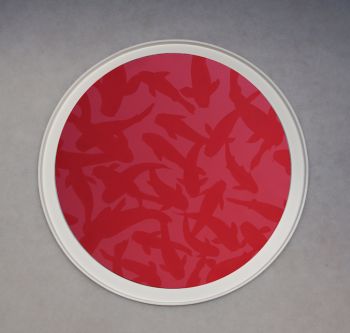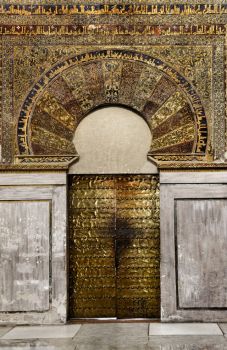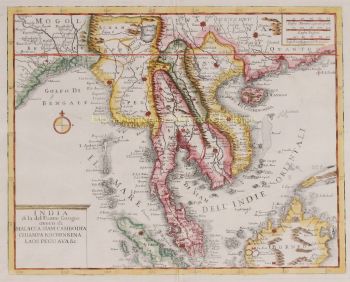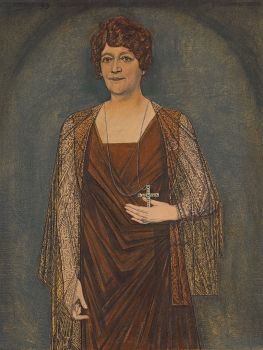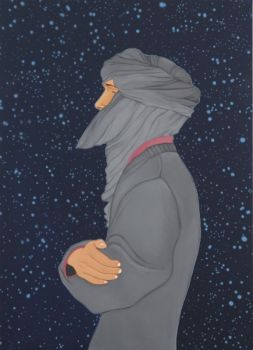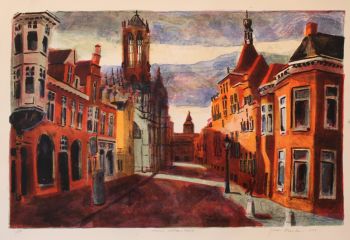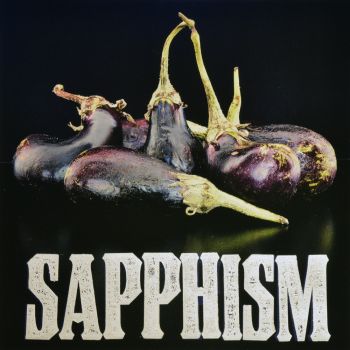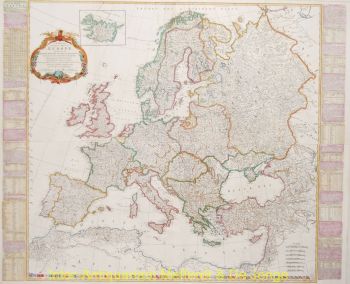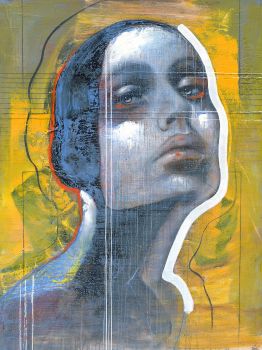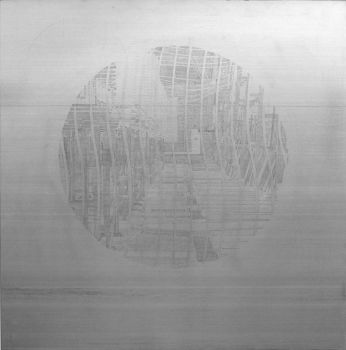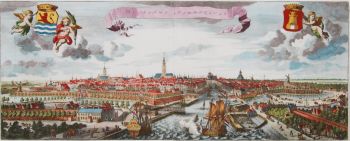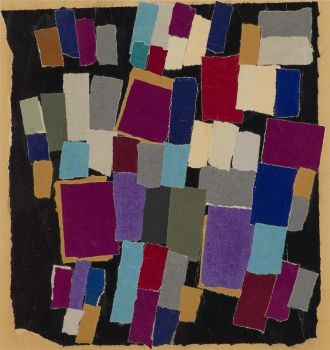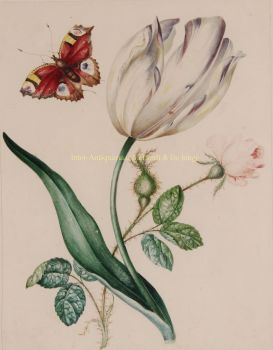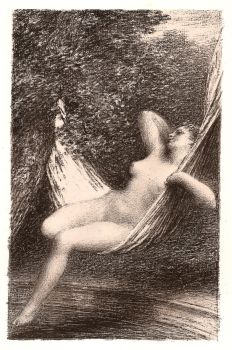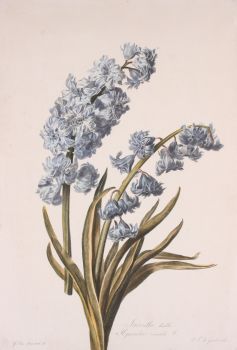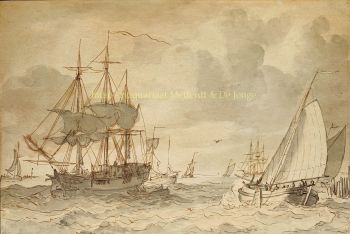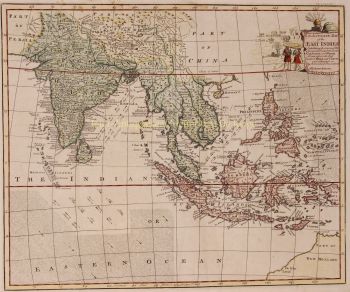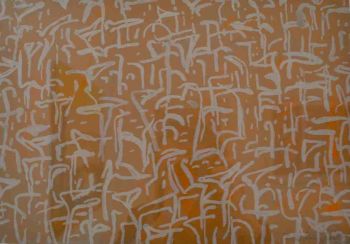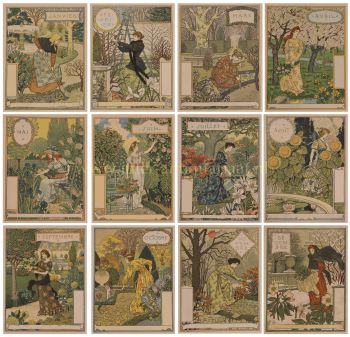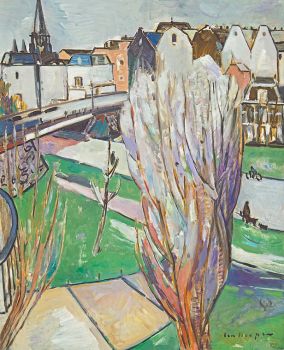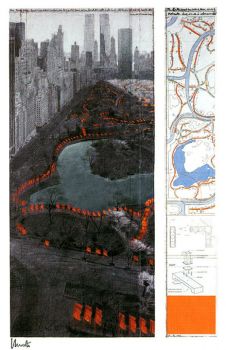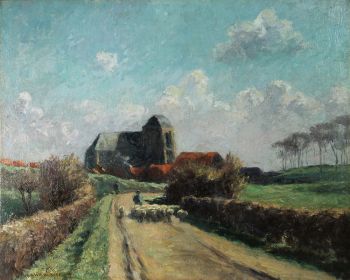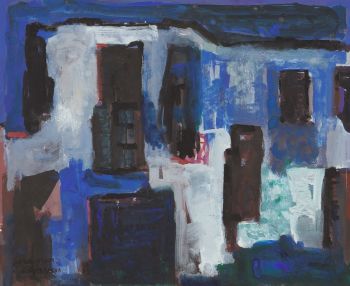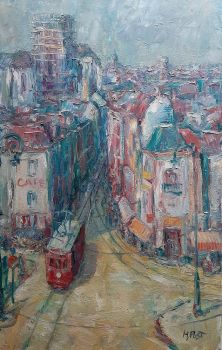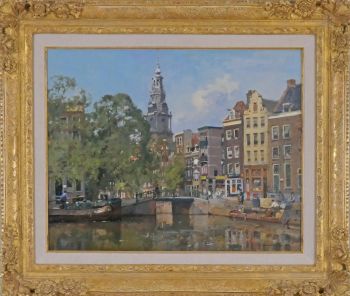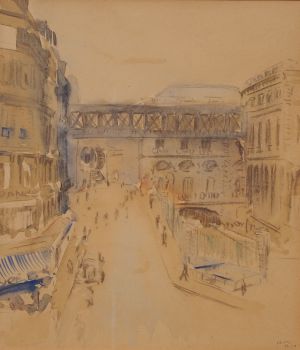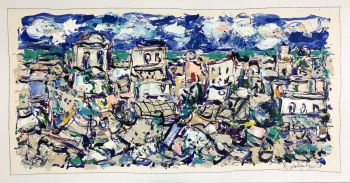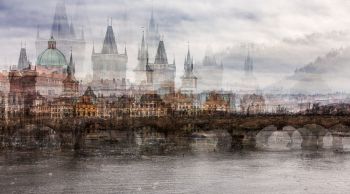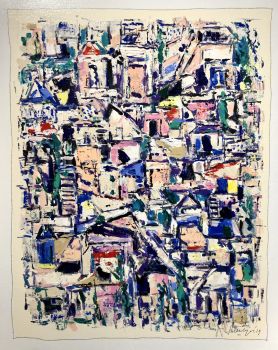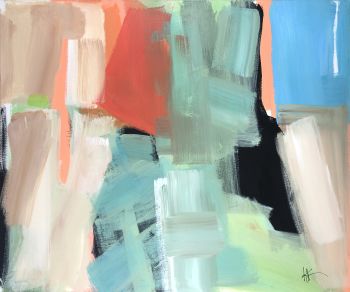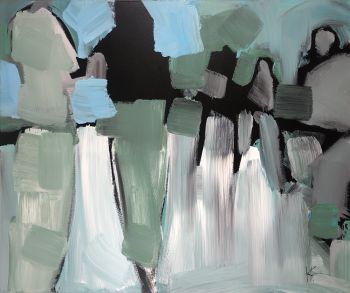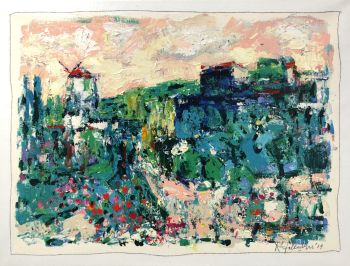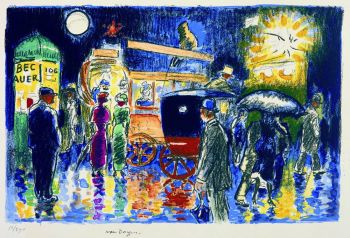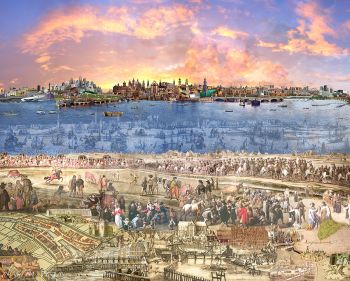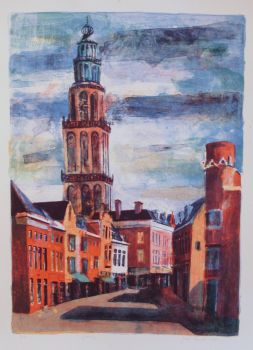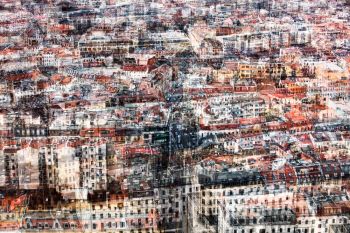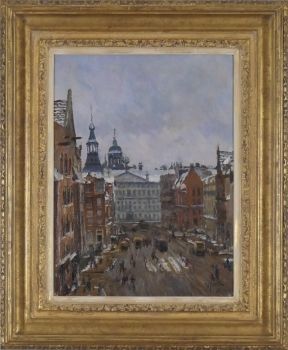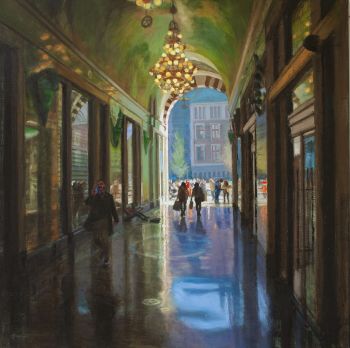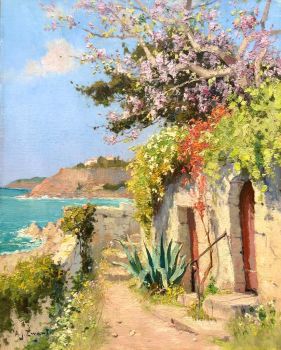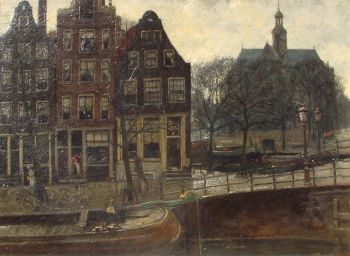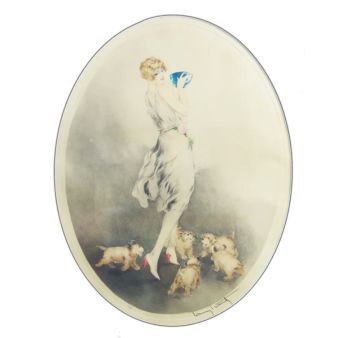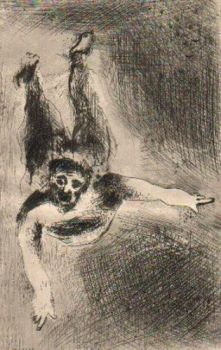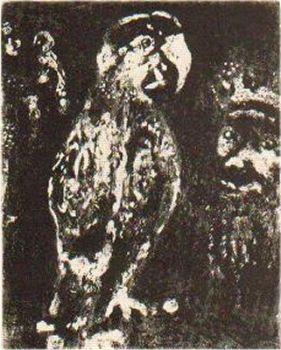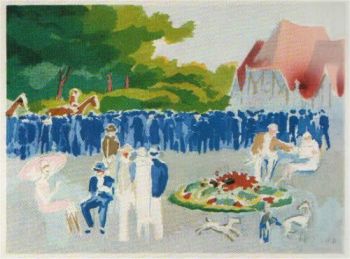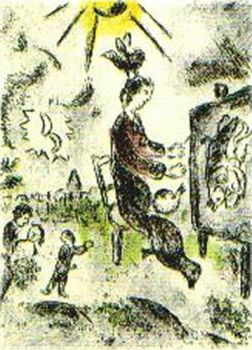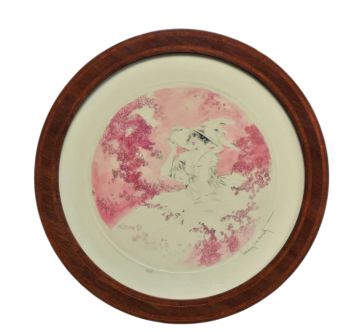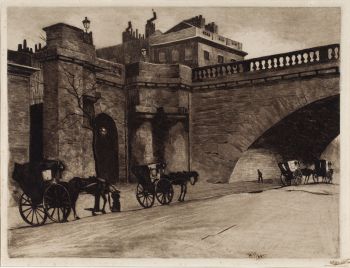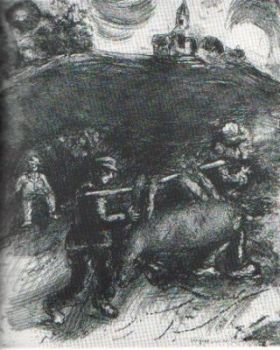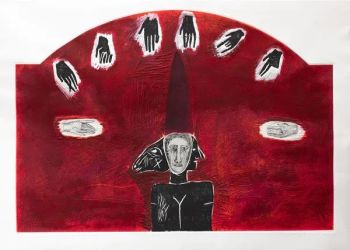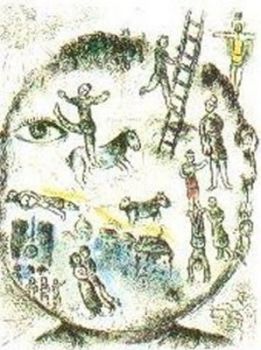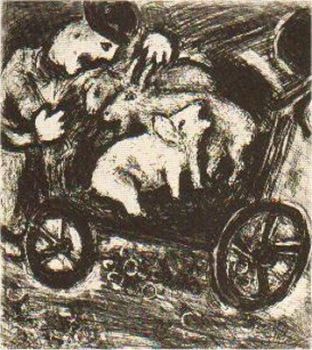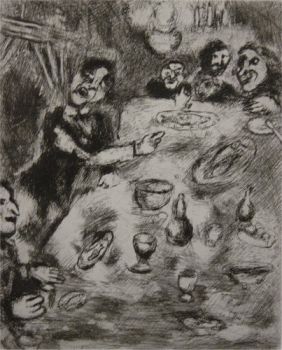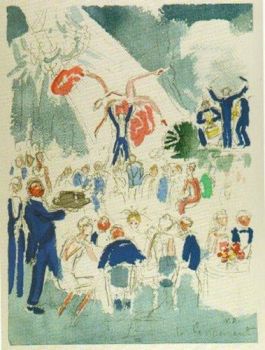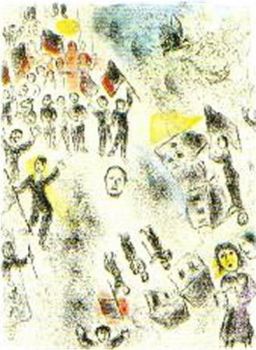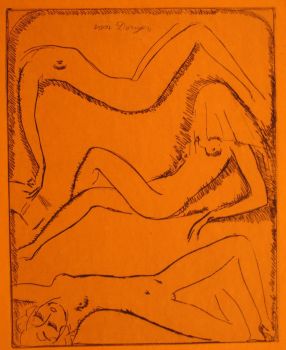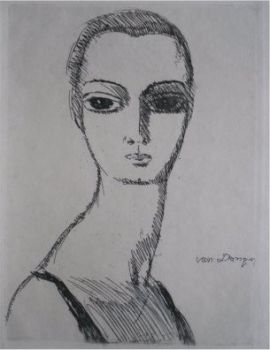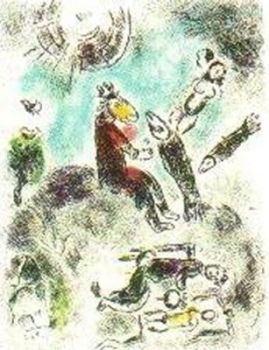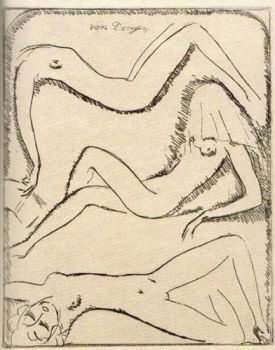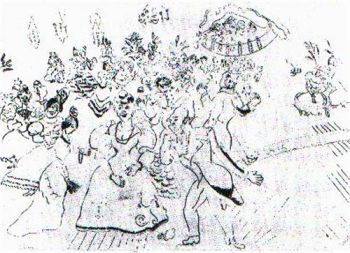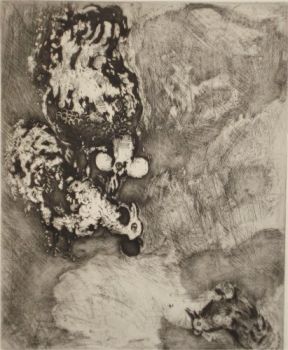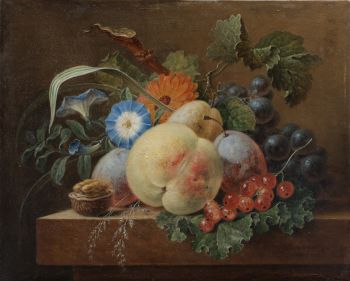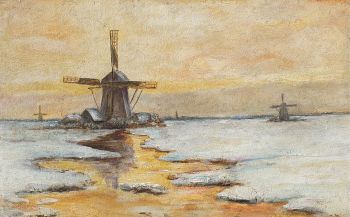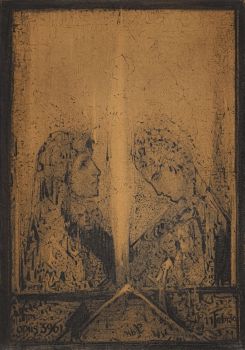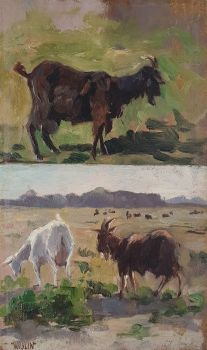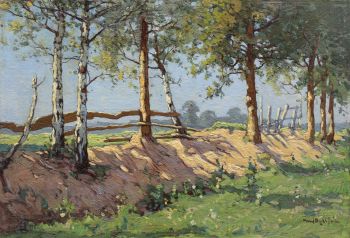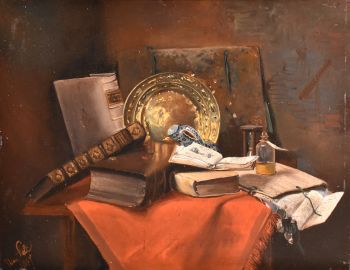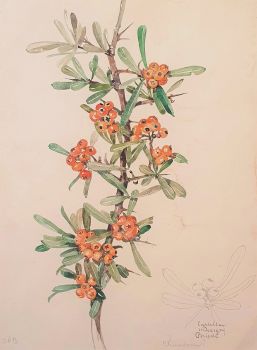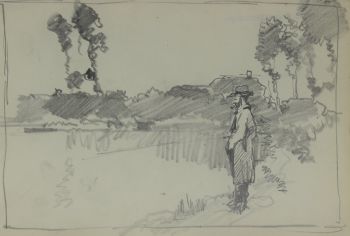Bathhouse in Constantinople – Badhuis in Constantinopel 1889
Marius Bauer
GrabadoPapelImpresión
8.50 ⨯ 6.70 cm
ConditionVery good
€ 380
Klooster Fine Art
- Sobre la obra de arte[EN]
Marius Bauer visited the Ottoman Empire for the first time in 1888, and from that point on he returned there on several occasions. After the return from his first trip, he produced several etchings of subjects he encountered during this trip.
This small etching from about 1889 shows the domes of one of the bathhouses in Constantinople, in the fluid style of drawing Bauer is best known for. In the foreground, several figures can be discerned. One rides atop a pack animal on the left, and two more on the middle-right, partly obscured by the higher ground in the foreground, are walking.
Bauer used plate-tone - a residue of ink on the surface of the plate - to reduce the harsh contrast between the black in an the cream coloured paper. By doing so, he employed a tactic in use since the 17th century for creating an interesting play of light and dark.
The etching is signed in the plate (lower right: ‘MBauer’), and numbered and monographed in pencil in the lower margin (lower left: No31, lower right: MB).
[NL]
Marius Bauer bezocht het Ottomaanse rijk voor het eerst in 1888, en vanaf dat moment zou hij er bij meerdere gelegenheden terugkeren. Na terugkeer van zijn eerste reis maakte hij verschillende etsen van onderwerpen die hij tijdens zijn reis was tegengekomen.
Deze kleine ets dateert uit ongeveer 1889, en toont de koepels van een van de badhuizen in Constantinopel. Het is getekend in de vloeiende tekenstijl waar Bauer bekend om is. Op de voorgrond zijn verschillende figuren te onderscheiden. Links rijdt iemand op een lastdier, en iets rechts van het midden staan nog twee figuren, onderaan afgesneden door de hoger gelegen voorgrond.
Bauer maakte gebruik van plaattoon – een restant inkt op de oppervlakte van de etsplaat – om het harde contrast tussen de zwarte inkt en het crèmekleurige papier te verkleinen. Hiermee maakte hij gebruik van een techniek die al in de 17de eeuw werd gebruikt om een interessant spel van licht en donker te creëren.
De ets is gesigneerd in de etsplaat (rechtsonder: ‘MBauer’). Daarnaast is in de marge een nummer en monogram aangebracht. Linksonder: ‘No31’, rechtsonder: ‘MB’ - Sobre el artistaMarius Alexander Jacques Bauer (25 de enero de 1867 en La Haya - 18 de julio de 1932 en Amsterdam) fue un pintor, grabador y litógrafo holandés; más conocido por sus escenas orientales. Su estilo fue en gran parte impresionista, aunque también derivó en cierta medida de la Escuela de La Haya. Muchas de sus obras se basan en fotografías que compró durante sus viajes; algunos de los cuales fueron de fotógrafos famosos como Félix Bonfils. Su padre era un pintor de escenarios que alentó el temprano interés de su hijo por el dibujo. De 1878 a 1885, estudió en la Royal Academy of Art, bajo la dirección de Jan Philip Koelman, pero pensó que su enfoque era demasiado conservador y se fue sin graduarse. Mientras estuvo allí, sus obras fueron premiadas con varias medallas y recibió un estipendio del rey Guillermo III, lo que le permitió estudiar de forma independiente. En 1888, realiza un viaje de estudios a Estambul, financiado por la concesionaria de arte Van Wisselingh & Co., y decide hacer del orientalismo su tema principal; posteriormente, realiza numerosos viajes a Marruecos, Argelia, Egipto, India, Ceilán y Indias Orientales Holandesas, dibujando y coleccionando artículos para Van Wisselingh. También trabajó como ilustrador para la revista literaria de corta duración, De Kroniek, asistiendo a la coronación del zar Nicolás II en su nombre. En 1894, ganó una medalla de primera clase en la Exposition Internationale d'Anvers. Dos años más tarde, recibió el Willink van Collenprijs. Recibió el Gran Premio en la Exposición Universal (1900). En 1902 se casó con el pintor Jo Stumpff, uno de los Amsterdamse Joffers, a lo que siguió una exitosa exhibición en la Louisiana Purchase Exposition. Continuaría exponiendo regularmente en Europa y América del Norte. En 1900, fue nombrado Ridder en la Orden de Orange-Nassau. Seis años más tarde, fue ascendido a Oficial por sus contribuciones al Tri-centenario de Rembrandt. En 1911, el rey Alberto I de Bélgica le otorgó la Orden de la Corona y, en 1927, se convirtió en Ridder en la Orden del León Neerlandés. Fue miembro desde hace mucho tiempo del Pulchri Studio y Arti et Amicitiae. En 1930, se convirtió en miembro honorario del Club Senefelder y dos años más tarde murió de un derrame cerebral. Una calle lleva su nombre en el barrio de calles dedicadas a los pintores holandeses de los siglos XIX y XX en Overtoomse Veld, Ámsterdam. En 1996, se estableció la "Bauer Documentatie Stichting" (BDS). Su objetivo es dar a conocer sus obras y hacer más investigaciones sobre las fuentes de sus pinturas.
¿Está interesado en comprar esta obra de arte?
Artwork details
Categoría
Tema
Estilo
Material y Técnica
Colour
Related artworks
Marius Bauer
The Temple of Ramses II at Karnak Image in Luxor1919
Precio a consultarStudio 2000 Art Gallery
1 - 4 / 7- 1 - 4 / 20
- 1 - 4 / 24
Bob Buys
Paris, Gare de L'Est, Passerelle de la Rue d'Alsace1940 - 1950
Precio a consultarAdelwein Kunst
1 - 4 / 24Willem Witsen
Waiting carriages in front of Waterloo Bridge1850 - 1900
Precio a consultarKunsthandel Pygmalion
1 - 4 / 24- 1 - 4 / 12

